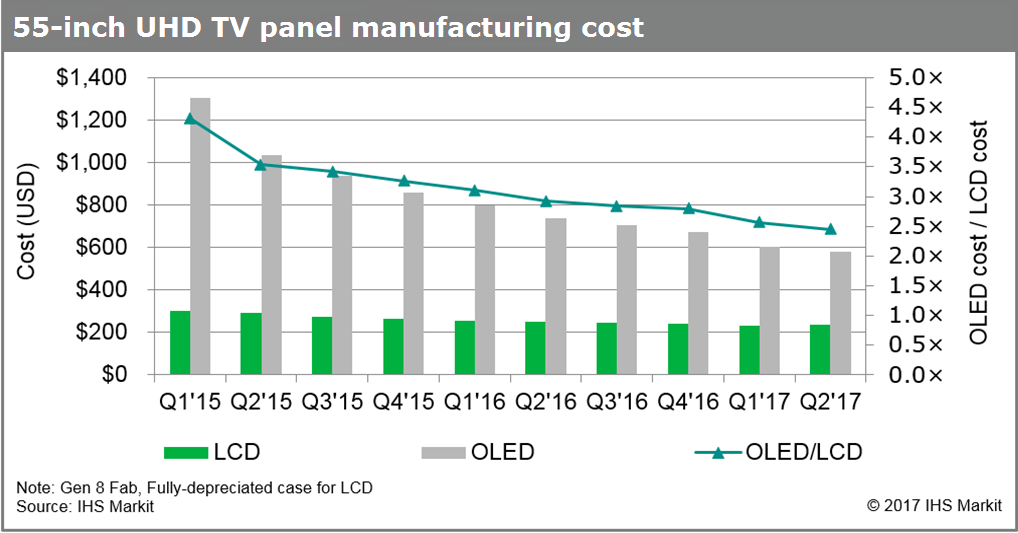New Sensors Enable High Performance US Navy Drones

The US Navy is bringing its latest surveillance drones into service that rely upon upgraded sensors to improve performance on long-distance missions.
The US Navy is taking delivery of its first two new MQ-4C "˜Triton' drones from Northrop Grumman Corporation in California for testing prior to deployment in Guam (US territory) in 2018. The surveillance drones depend on a wide array of new and upgraded high-end sensors (HES) for mission performance; they can stay aloft 24 hours or longer.
The latest Triton aircraft bear little resemblance to civilian drone platforms. Tritons have a wing span of nearly 140 feet"”equal to that of a Boeing 737 commercial airliner, and an overall length of more than 47 feet.
Triton drones, together with the Navy's P-8 Poseidon jet, are intended to replace the propeller-driven P-3C Orion, which has been in use since the early 1960s, and the EP-3E Aries II aircraft. The Tritons will assume intelligence, surveillance and reconnaissance duties while the P-8 Poseidon will focus on anti-submarine warfare.
Doug Shaffer, vice president and program manager for Triton at Northrop, described the drones as, "A 24-hour unblinking eye in the sky."
The Triton program, using nearly identical technology as "˜Global Hawk' drones in service across the Middle East including Afghanistan, employs the latest family of high-end sensor arrays that have overcome problems discovered in some systems during early deployments. Triton has been optimized for inclement weather, with lightning protection strips, heater blankets and de-icing systems added for high altitude service.
This new drone series will also be able to perform a so-called "˜dip maneuver,' that will allow the aircraft to descend through clouds from its highest altitude of about 55,000 feet to a lower level to examine objects detected by its radars, cameras and other sensors. While not completely autonomous, the platform requires only that human pilots enter "˜start' and "˜end' points along with other mission parameters. Pilots monitor drone flight and inspect any anomalies encountered on missions. An upgraded version of the drone with enhanced intelligence capabilities will be available by 2020. The program is expected to enter full-rate production in 2021; up to 68 drones will be delivered by the program's end, Northrop indicated.
High-end sensors (HES) are key to the Triton's mission success, including the most advanced defence-grade components. Sensors are increasingly a part of both defence and commercial aviation platforms"”part of a growing global sensor ecosystem that IHS Markit predicts will reach (USD) $20 billion within the next three years. Discover advanced sensor markets opportunities at HES International, 10-11 April in Brussels, Belgium.

































